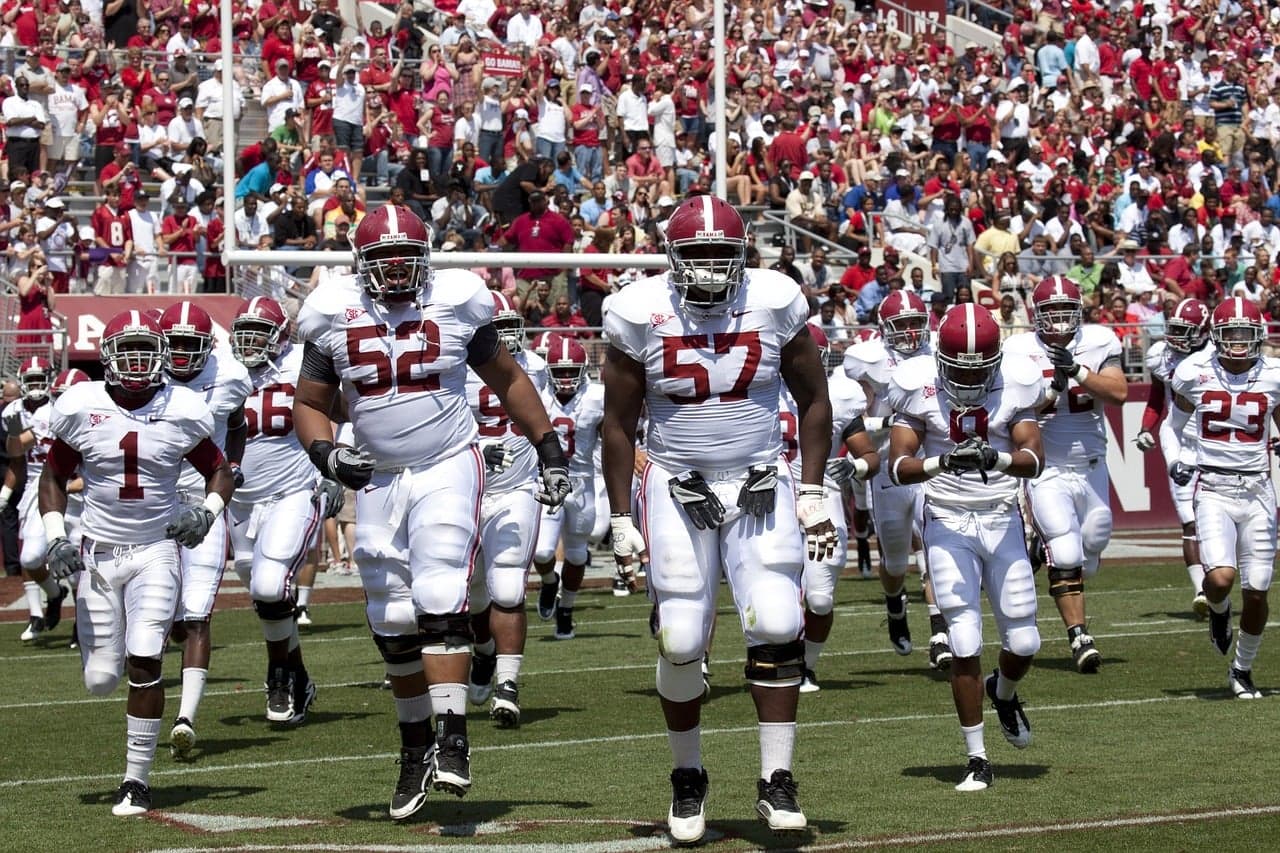
2025-06-10T13:54:10
Understanding Skin Grafts
- Dermatology
- Family Medicine
- Internal Medicine
- Orthopedics
September 16, 2016 | Orthopedics
Specialties:Orthopedics

Football is one of the most popular sports in the United States today but it is also one of the most dangerous. Here are the ten most common football injuries.
Hamstrings are the muscles that run from the bottom of your buttocks to the backs of your knees. Symptoms of a hamstring strain usually include a sudden sharp pain at the back of the thigh, often while running or performing a high kick or a fast, stretching movement.
Muscle strains are common among football players. Also called a pulled muscle or a torn muscle, the most common muscle strains occur to the hamstring muscles and quadriceps at the front of the thigh.
Ligaments connect bones. Four ligaments in the knee hold the thighbone to the shinbone:
Injuries to these ligaments prevent athletes from bending their knee properly. Changing directions suddenly while running and taking direct blows to the knees can cause knee ligament injuries.
The rotator cuff supports the arm at the shoulder joint. Four muscles make up the rotator cuff, and these muscles are essential for stabilizing the joint.
Symptoms of a rotator cuff strain usually include pain that develops suddenly in the shoulder. Some people experience a tearing sensation. Pain can be severe and radiate down your arm.
Ankle sprains are very common injuries in sports. Symptoms of ankle sprains can vary from mild to severe. A football player may continue training or playing with a mild sprain, but an athlete who plays with a severe injury may further injure the ankle or significantly slow down recovery from the ankle sprain.
Achilles tendonitis causes pain, inflammation, and even potential for degeneration of the Achilles tendon at the back of the ankle. Symptoms can be acute, resolving within a few weeks, or chronic and long-lasting. Acute Achilles tendonitis is usually more painful and can prevent an athlete from taking the field. A football player with chronic Achilles tendonitis can usually play, but the condition will cause discomfort and likely affect performance.
Otherwise known as patellar tendonitis, jumper’s knee causes pain in the tendon that attaches the kneecap to the shinbone. Jumper’s knee is an overuse injury resulting from repetitive strain.
Shin splints cause pain in the front of the lower leg. Doctors refer to shin splints as tibial stress syndrome. Pain is the result of inflammation of the muscles, tendons, and bone tissue around your tibia, or shinbone.
While the condition is not serious, pain can be disabling and lead to serious complications if not properly treated with ice, rest, and stretching. Changes in activity, excessive running, wearing improper or worn-out footwear, or having flat feet may cause shin splints.
A metatarsal stress fracture is a very fine break in one of the bones in the foot. Metatarsal bones are long and slender bones located between the middle of your foot and your toes, and give your foot its characteristic arch. You transfer weight from your toes to your metatarsal bones when you walk.
The most prominent symptom of a metatarsal stress fracture is foot pain that develops gradually. Direct trauma from a tackle, overuse, and excessive rotation can result in metatarsal stress fractures. The metatarsal bones are the most commonly broken bones in the foot because there is very little soft tissue protecting the top of the foot.
Of all sports, football presents the greatest risk for concussions. In fact, all football players – even those in high school – have a 75 percent chance of suffering a concussion. Concussions account for 7.4 percent of all injuries in college football players, according to the National Collegiate Athletic Association (NCAA).
Concussions often happen during a tackle, as the head snaps and strikes the ground. A concussion is a serious trauma to the brain that changes how it works. Concussions usually cause temporary effects including headaches and problems with memory, concentration, judgment, balance, and coordination.
For more information on common football injuries, talk to one of the sports fitness and physical therapy specialists at Revere Health. Our sports fitness providers and physical therapists work closely with our network of physicians and surgeons to get you back on the gridiron
WRITTEN BY:
The Live Better Team

2025-06-10T13:54:10

2024-06-21T14:29:51

2024-02-06T11:40:13

2023-03-30T11:23:12
This information is not intended to replace the advice of a medical professional. You should always consult your doctor before making decisions about your health.